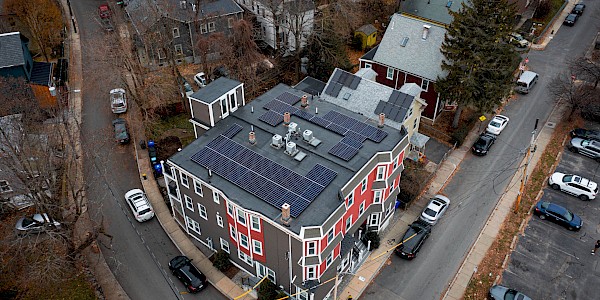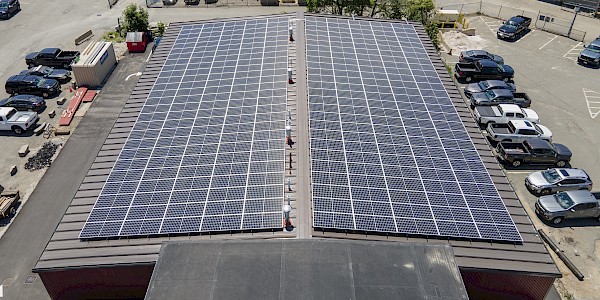What’s the Best Direction to Install Solar Panels?
Jul. 01, 2024
Understanding the optimal orientation for solar panels is crucial for maximizing energy production and economic benefits. In Massachusetts, south-facing panels have been traditionally favored. However, recent discussions around utility incentives suggest that west-facing panels could become a viable alternative. This article delves into the factors influencing the best direction for solar panels and the potential impact of changing utility incentives.
The Importance of Solar Panel Orientation
Solar panel orientation significantly affects solar absorption and energy production. In Massachusetts, the sun's path in the sky makes south-facing installations the most efficient. This section will explain the science behind solar panel orientation and its impact on energy output.
Why South-Facing Panels Are the Best Option
Understanding Solar Movement
The sun rises in the east and sets in the west, but its path varies throughout the day and year. In the northern hemisphere, the sun travels slightly south of the zenith, making south-facing panels the optimal choice for maximizing exposure and energy production.
Maximizing Daily Energy Production
South-facing panels capture the most sunlight during the day, especially during peak sunlight hours. This results in higher energy production compared to panels facing other directions.
Economic Benefits of South-Facing Panels
South-facing panels provide the greatest economic benefit due to their higher energy output. This translates to greater savings on electricity bills and a faster return on investment.
Potential Shift to West-Facing Panels
Utility Incentives and Their Impact
Incentives such as rebates or time-of-use rates that reward solar production during peak usage hours could make west-facing panels more economically viable. This section will explore how these solar incentives work and their potential to alter current recommendations.
Advantages of West-Facing Panels for Utilities
West-facing panels are advantageous for utilities because they produce more power in the afternoon when electricity demand and prices are highest. This alignment with peak demand periods could make them an attractive option for both homeowners and utilities.
Economic Viability of West-Facing Panels
If utility incentives are adopted more widely, west-facing panels could become equally or more viable than south-facing panels. This section will discuss the conditions under which this shift could occur and its implications for solar energy adoption.
Factors Affecting Solar Production Beyond Orientation
Obstructions and Their Impact
Several factors can affect solar production beyond panel orientation. High tree cover, large buildings, roof angle, and available mounting space are significant considerations. This section will discuss how these factors influence solar energy output.
Custom Solar Design Considerations
A custom solar design takes into account various obstructions and optimizes the placement of solar panels for maximum efficiency. Ground-mounted systems may be an alternative for properties where rooftop installations are less effective.
While south-facing panels currently offer the best economic and energy production benefits, changing utility incentives could make west-facing panels a viable alternative. Homeowners should stay informed about potential changes in incentives and consult with solar installation experts to make the best decision for their specific situation.
Find out how many solar panels you need to power your home. Call 617-668-1851 or contact us to get a free solar estimate.



